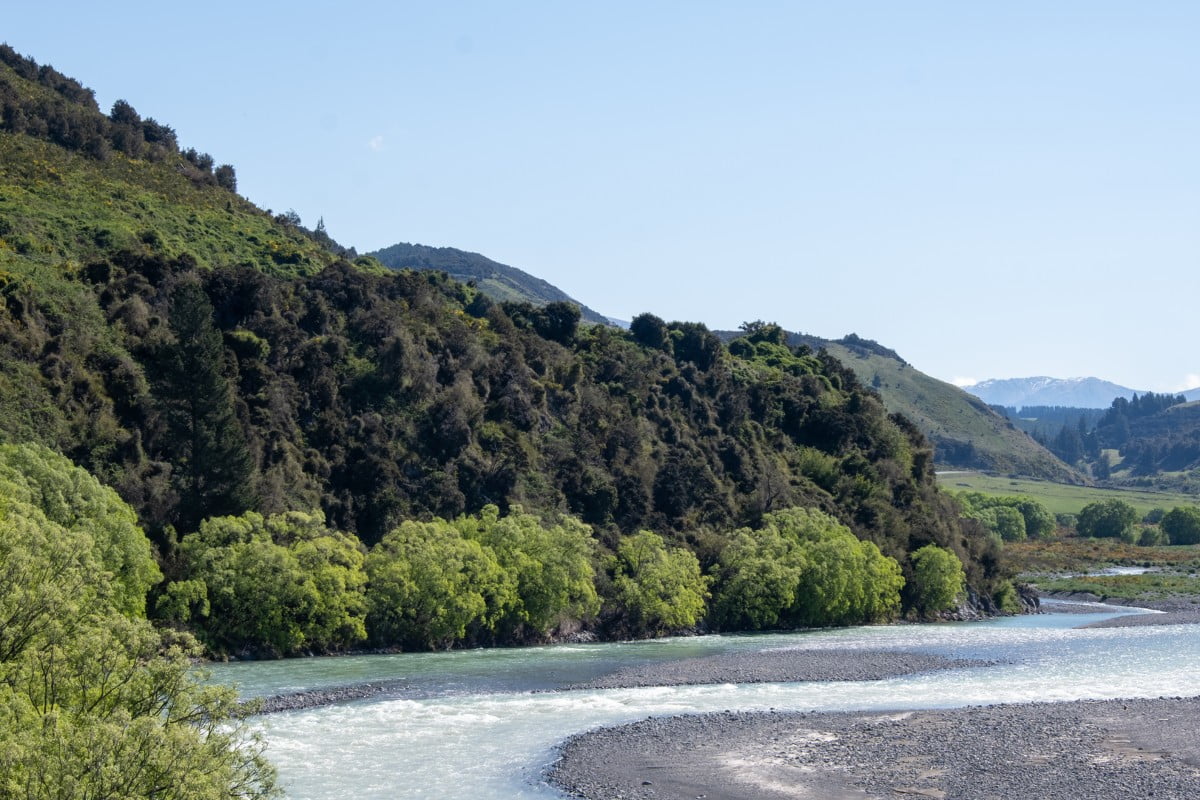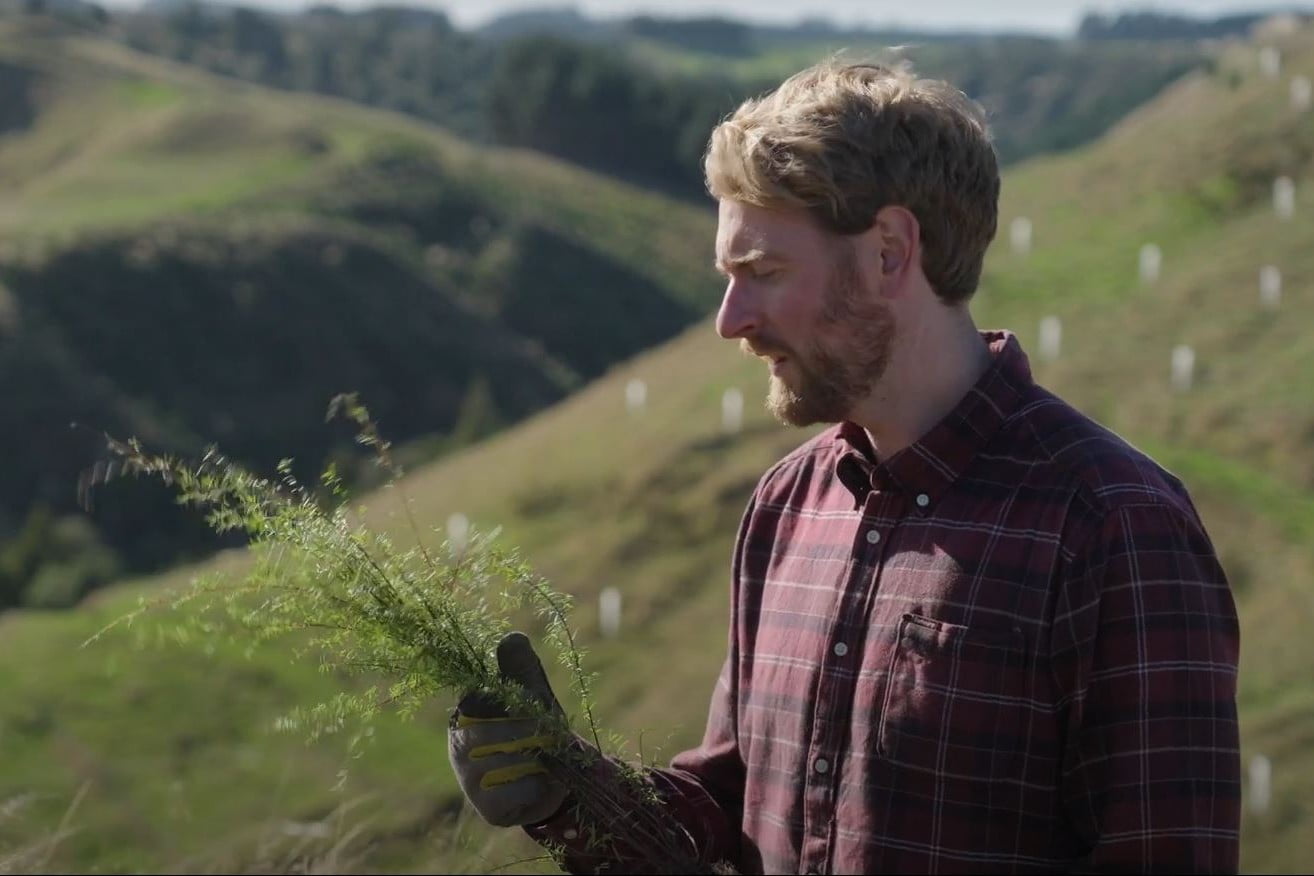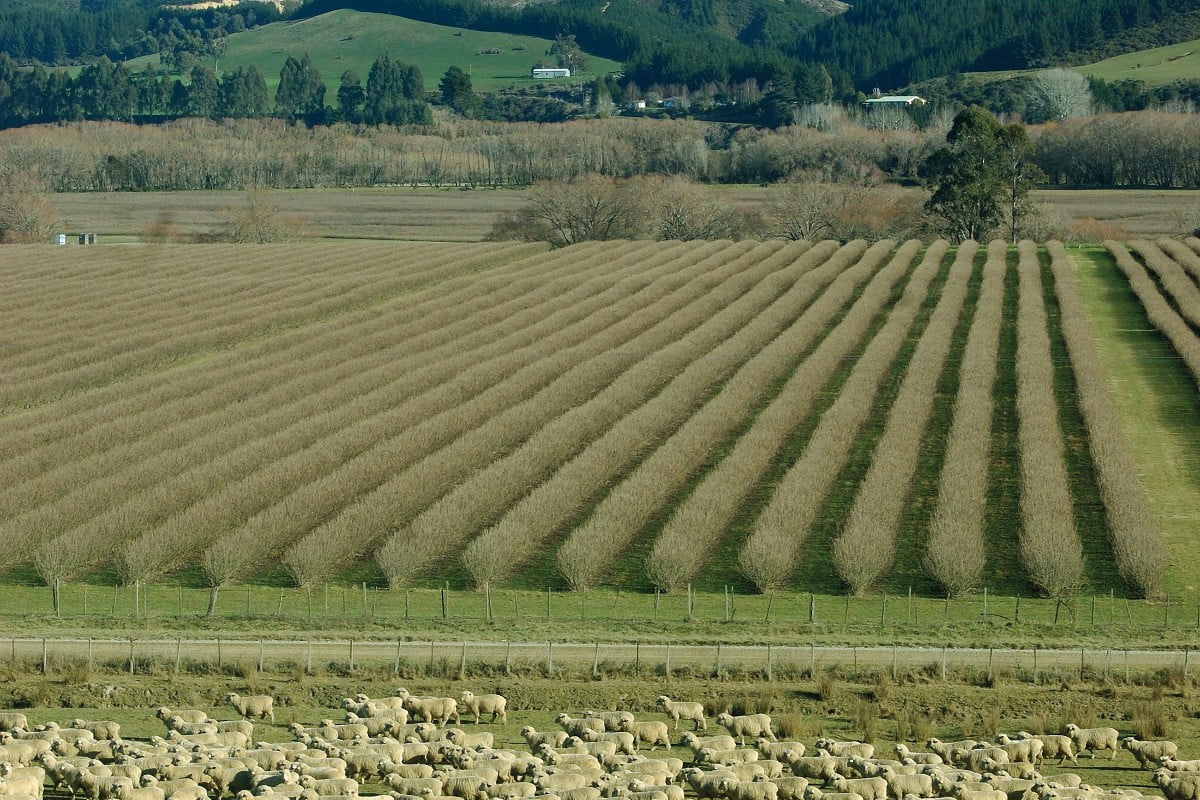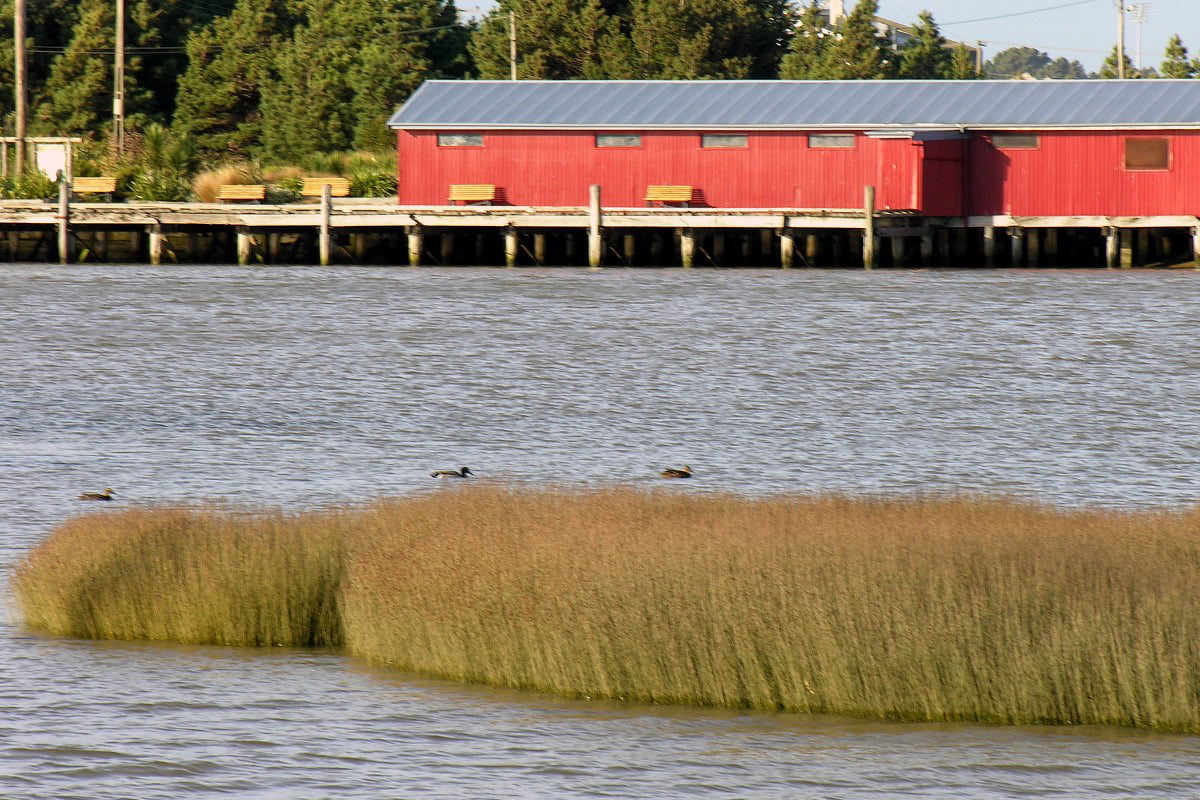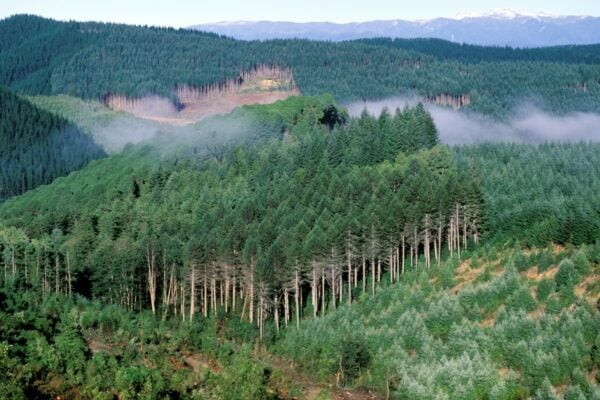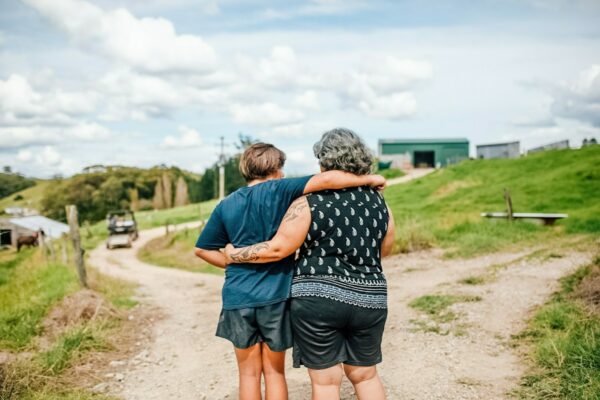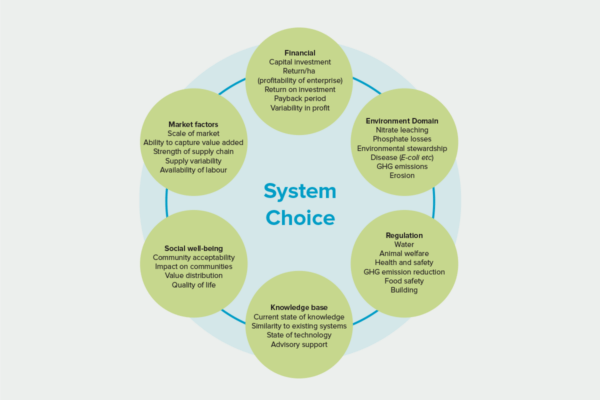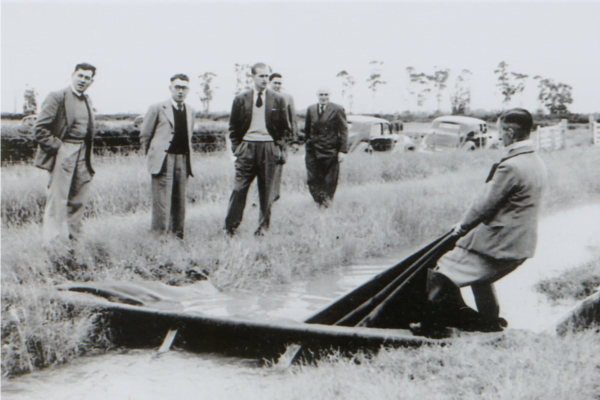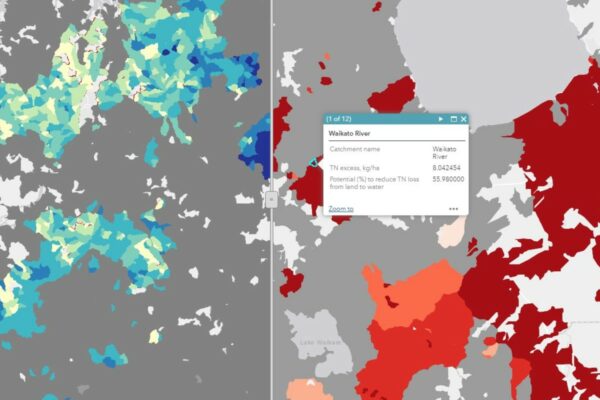Connecting Soil and Water Quality
Linking soil quality and water quality to low and high N-pressure catchments
Project Details Ngā taipitopito
Collaborators Ngā haumi
Manaaki Whenua Landcare Research
What are we doing?E aha ana mātou?
Land use pressure affects soil and water quality in catchments.
This research will link soil quality metrics to indicators of land use pressure, such as stock numbers and nitrogen loss, to identify differences between dominant land uses and detect trends.
Soil quality will also be linked to water quality indicators, such as nitrogen or suspended sediment, considering lag times where possible.
This research is the first attempt at this scale to directly link soil quality, to land use pressure over time, to water quality response. It will focus on the catchments with the greatest total nitrogen, and the catchments with the least total nitrogen (assessed through modelling).
The research makes use of existing soil and water quality data for Aotearoa: data on land use and management (including from 1990–2018 at a 30-by-30km grid); soil quality monitoring data; and water quality data for about 700 catchments.
How can the research be used? Ka pēhea e whai take ai te rangahau?
- The research team aims to create an interactive map to convey findings from this research, such as soil and water quality at catchment scale. It will be open source and freely accessible to all. This will align closely to the work of the Monitoring Freshwater Improvement Actions research programme.
- The research will link steady-state soil quality indicators (recent medians of, for example, soil organic matter, anaerobically mineralizable nitrogen, Olsen phosphorus) to steady-state indicators of land use pressure (including stock numbers, nitrate loss, magnitude of capital expenditure for a catchment). Linking soil quality trends to land-use pressure trends will enable the research team to explore whether there are differences because of dominant land use.
- Those soil quality trends will also be linked to water quality trends (from indicators including dissolved inorganic N, total N, dissolved reactive P, total P, suspended sediment, turbidity, E. coli) across all catchments with data for 1990–2018, with a subsequent focus on low vs high pressure catchments.
- Evidence from this research will better inform the current suite of soil quality indicators reported nationally, and to the Organisation for Economic Co-operation and Development (OECD).
Related research updates Ngā pānui mō te rangahau nei
Participation & engagement Te hunga i whai wāhi mai
- Key stakeholders are StatsNZ, Ministry for the Environment, and regional and unitary councils (via the Land Monitoring Forum). The Ministry of Primary Industries (MPI) will also be engaged.
- The results for soil indicators and water quality will be communicated through a dedicated webinar with an offer to help augment industry guidelines and farm plans where relevant.
 View Our Strategy Document 2019 – 2024
View Our Strategy Document 2019 – 2024



